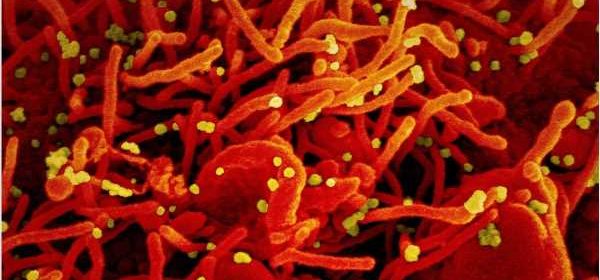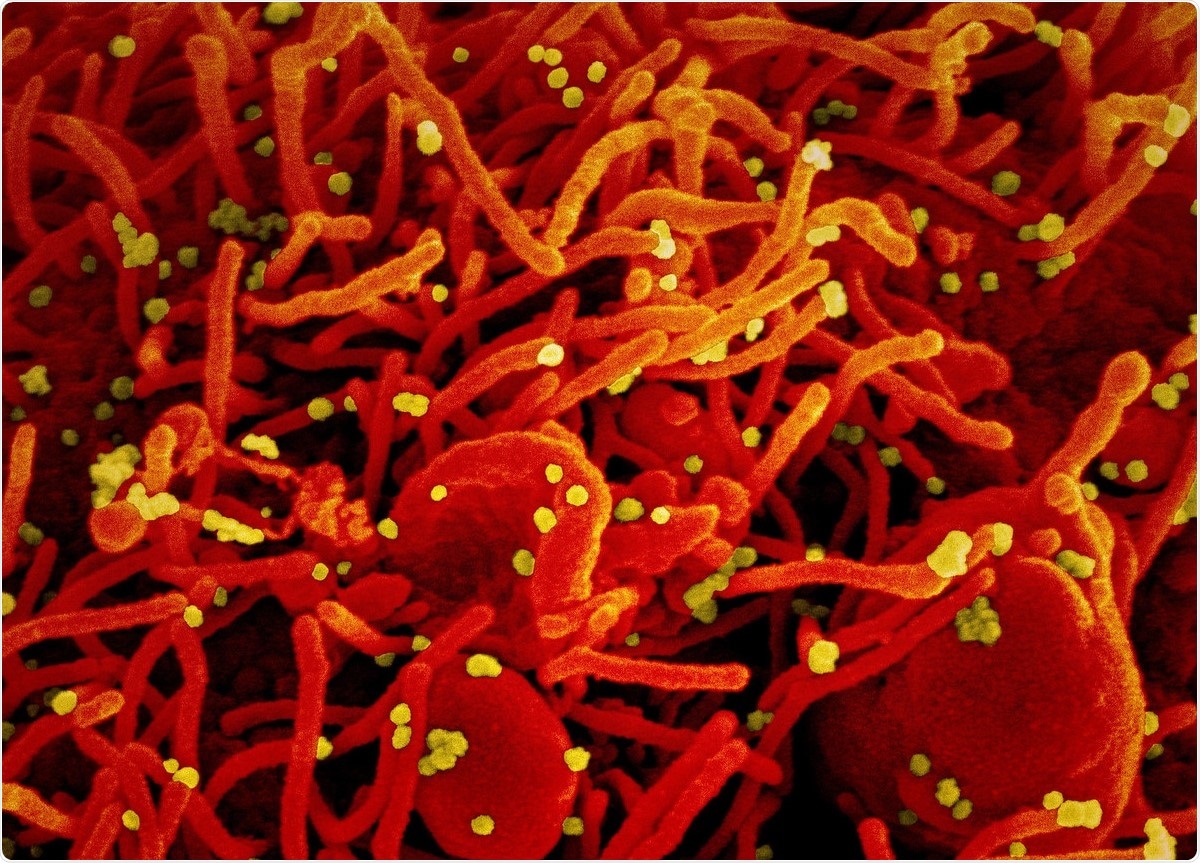Researchers identify risk factors for SARS-CoV-2 reinfection

A team of scientists from the Capital Medical University and Peking University, China, has recently explored the factors responsible for the reactivation of severe acute respiratory syndrome coronavirus 2 (SARS-CoV-2) infection among individuals who have recently recovered from coronavirus disease 2019 (COVID-19). The findings reveal that individuals with lower lymphocyte count or with two or fewer symptoms during the first COVID-19 episode are at higher risk of recurrent infection. The study has been published recently in the Journal of Infection and Public Health.

Background
Coronavirus disease 2019 (COVID-19) caused by SARS-CoV-2 is associated with a wide range of symptoms, including dry cough, fever, breathlessness, fatigue, diarrhea, and loss of smell and/or taste. Although a considerable proportion of COVID-19 patients remain asymptomatic or mildly symptomatic, the disease can often be fatal among susceptible individuals, including older adults and those with comorbidities.
Studies characterizing COVID-19-related host immunity have revealed that both binding and neutralizing antibodies developed in response to natural SARS-CoV-2 infection or vaccination can provide protection up to six months after the symptom onset. Moreover, a growing pool of evidence has suggested the possibility of recurrent infection within a few days of recovery from COVID-19.
In the current study, the scientists have estimated the frequency of recurrent SARS-CoV-2 infection among COVID-19 recovered individuals. They have also aimed to identify the factors responsible for reinfection and disease relapse.
Study design
The study involved a total of 109 patients who had been admitted to a hospital in China with confirmed COVID-19. The scientists primarily estimated the frequency of infection reactivation at least 14 days after recovery or hospital discharge by assessing recurrent SARS-CoV-2-positive test results in two consecutive respiratory samples collected more than 24 hours apart.
Moreover, by comparing COVID-19 recovered individuals with and without recurrent SARS-CoV-2-positive test results, the scientists identified the factors responsible for infection reactivation and COVID-19 relapse.
Important observations
The study participants were followed up for an average of 29 days after discharge from the hospital. During the follow-up period, 29 out of 109 participants had recurrent SARS-CoV-2-positive test results. The average lengths of post-discharge follow-ups were 44 days and 28 days for patients with and without reinfection, respectively.
To evaluate the clinical features associated with reinfection and disease relapse, the scientists divided the participants into three groups: patients without reinfection, patients with reinfection, and patients with COVID-19 relapse (symptomatic patients). Their analysis revealed that of 29 patients with reinfection, 7 developed symptomatic COVID-19, and 22 remained asymptomatic.
With further analysis, they noticed that patients with reinfection were relatively younger than those without reinfection. Similarly, patients with reinfection had experienced two or fewer symptoms during the first episode of COVID-19. Other clinical characteristics of reinfected patients during the initial COVID-19 episode were the presence of a secondary infection; higher than normal leukocyte count; lower than normal lymphocyte count; and increased blood circulation rate.
By conducting a set of statistical analyses, the scientists observed that a lymphocyte count of less than 1500/µL and having two or fewer symptoms during the initial COVID-19 episode were the two independent predictors of SARS-CoV-2 reinfection among COVID-19 recovered individuals. Regarding disease relapse, they observed that reinfected patients who developed symptoms (disease relapse) were significantly more likely to have had two or fewer symptoms during the initial COVID-19 episode.
In patients with COVID-19 relapse, the average period for SARS-CoV-2 seroconversion was estimated to be 17 days. Moreover, the average duration between the hospital discharge and symptom relapse was estimated to be six days.
Study significance
The study reveals that COVID-19 patients with less than 1500/µL lymphocyte count or with two or fewer symptoms are at higher risk for developing SARS-CoV-2 reinfection. Thus, COVID-19 recovered individuals with these risk factors should be carefully monitored for possible disease reactivation.
- Chen Z. 2021. Reactivation of SARS-CoV-2 infection following recovery from COVID-19. Journal of Infection and Public Health. https://doi.org/10.1016/j.jiph.2021.02.002, https://www.sciencedirect.com/science/article/pii/S1876034121000320?via%3Dihub
Posted in: Medical Science News | Medical Research News | Miscellaneous News | Disease/Infection News | Healthcare News
Tags: Antibodies, Blood, Coronavirus, Coronavirus Disease COVID-19, Cough, Diarrhea, Fatigue, Fever, Frequency, Hospital, Leukocyte, Lymphocyte, Public Health, Respiratory, SARS, SARS-CoV-2, Severe Acute Respiratory, Severe Acute Respiratory Syndrome, Syndrome

Written by
Dr. Sanchari Sinha Dutta
Dr. Sanchari Sinha Dutta is a science communicator who believes in spreading the power of science in every corner of the world. She has a Bachelor of Science (B.Sc.) degree and a Master's of Science (M.Sc.) in biology and human physiology. Following her Master's degree, Sanchari went on to study a Ph.D. in human physiology. She has authored more than 10 original research articles, all of which have been published in world renowned international journals.
Source: Read Full Article